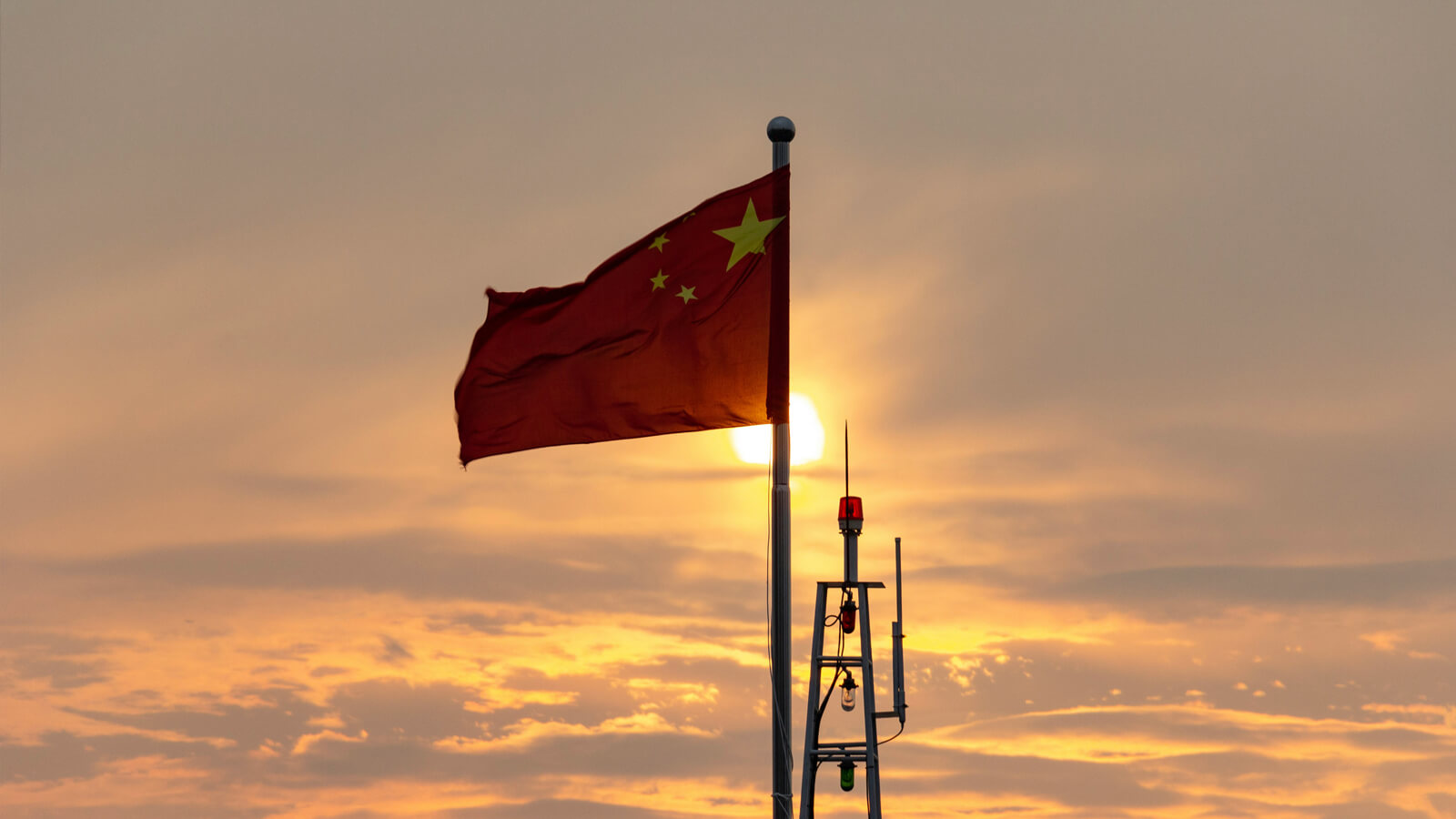
What are neodymium magnets and why are they important?
Neodymium magnets are the strongest permanent magnets, made from an alloy of neodymium, iron, and boron (NdFeB). They are critical in industries such as automotive (electric vehicle motors), aerospace, defense, electronics (hard drives, speakers), and renewable energy (wind turbines). Their exceptional magnetic strength makes them indispensable in modern technology.
China’s sanctions on neodymium magnets – what happened?
In April 2025, China, which controls over 90% of the global neodymium magnet market, imposed export restrictions on six heavy rare earth metals and neodymium magnets. This move was a response to tariffs imposed by the United States amid the ongoing trade war. Exports now require special licenses, which can take up to 45 days to obtain, leading to ships being held in Chinese ports and disruptions in global supply chains.
Impact on the Global Market
Price Increases: Export restrictions are causing shortages, driving up the cost of neodymium magnets and affecting the production costs of electric vehicles, electronics, and defense technologies.
Supply Delays: Ships held in ports and the lengthy licensing process are extending delivery times, impacting production schedules.
Industry Risks: Sectors reliant on magnets, such as automotive and renewable energy, may face production halts.
Impact on Poland and the EU
Poland, as part of the EU market, is indirectly affected by the sanctions. Neodymium magnets are imported under the customs code 8505199089. Importers must account for tariffs in the ISZTAR/TARIC systems and ensure compliance with certifications (e.g., CE, RoHS). The sanctions may lead to higher component prices, affecting Polish companies producing electronics, household appliances, or electric vehicles.
Higher Costs: Rising magnet prices could increase production costs in Poland.
Supply Challenges: Export restrictions may slow down deliveries for Polish importers.
Pressure for Alternatives: Companies may need to seek alternative suppliers or recycling options.
Partial Easing of Sanctions
In May 2025, China issued export licenses to at least four manufacturers, including suppliers for Volkswagen, suggesting a partial easing of restrictions for recipients in Europe and Vietnam. However, it remains unclear whether all clients of these manufacturers have received approvals, creating ongoing market uncertainty.
Alternatives to Chinese Magnets
Recycling: The EU is advancing efforts to recover magnets from electronic waste, potentially reducing reliance on China.
New Technologies: Korean researchers have developed permanent magnets that do not require neodymium, which could be a game-changer.
Alternative Suppliers: Countries like Japan and Australia are working to develop their own sources, though they face technological and environmental challenges.
Tips for Importers in Poland
The sanctions pose challenges, but importers can take steps to mitigate risks:
Check Regulations: Verify tariffs in ISZTAR/TARIC and ensure products meet CE and RoHS standards.
Diversify Suppliers: Consider sourcing from non-Chinese suppliers, such as those in Japan or the EU.
Monitor the Market: Keep track of changes in Chinese regulations and new export licenses.
Conclusion
China’s sanctions on neodymium magnets present a significant challenge for the global market, including Poland and the EU. Export restrictions are driving up prices and causing shortages, but partial easing of sanctions and the development of alternatives, such as recycling and new technologies, offer hope for stabilization. Importers should act strategically by diversifying supply sources and monitoring regulations. This issue highlights how geopolitics shapes technology and the economy.
Tags:
#neodymium magnets#sanctions#China#international tradeczwartek 2025-05-15T12:00:00

